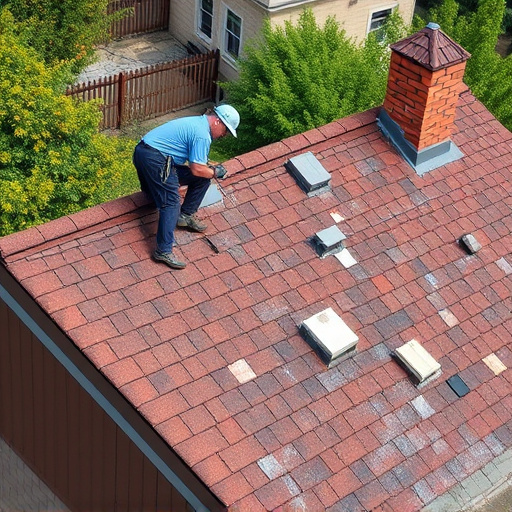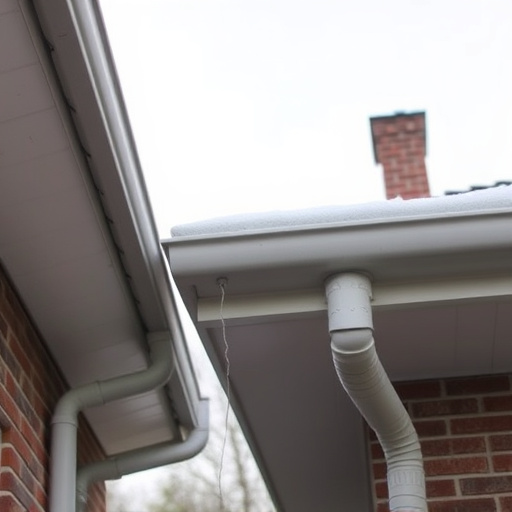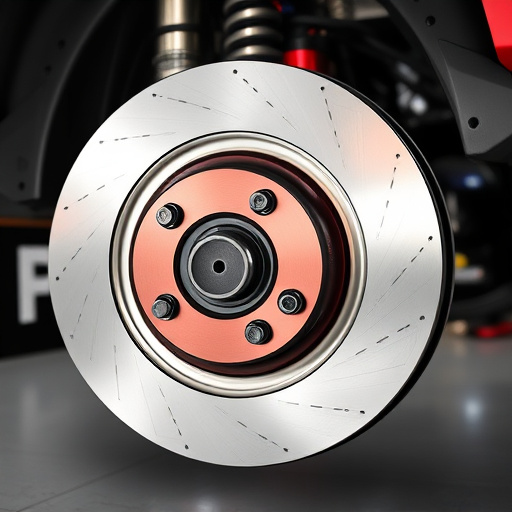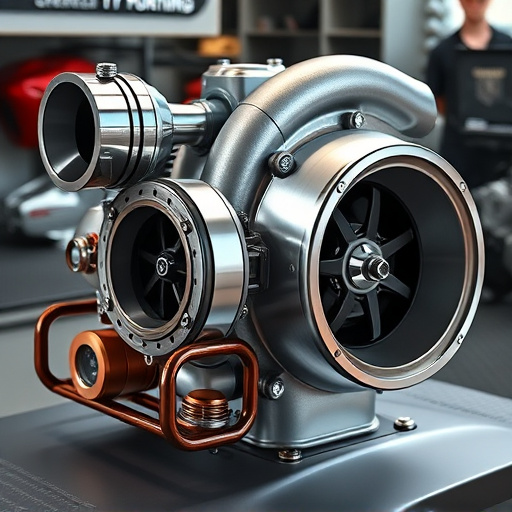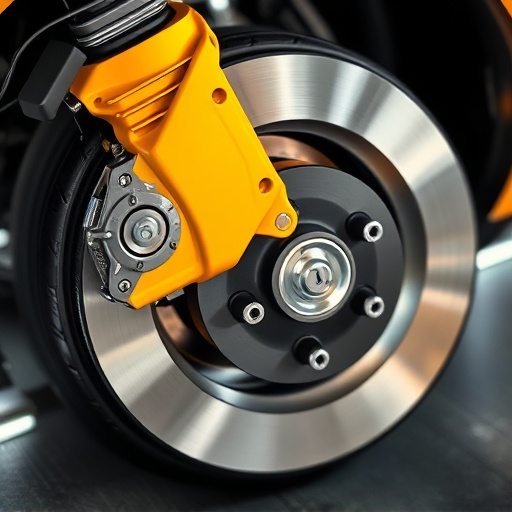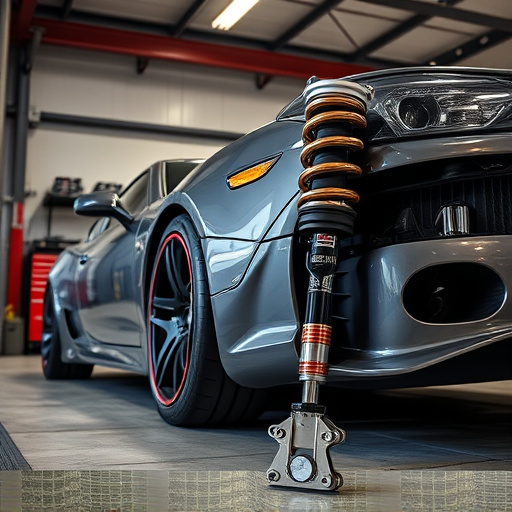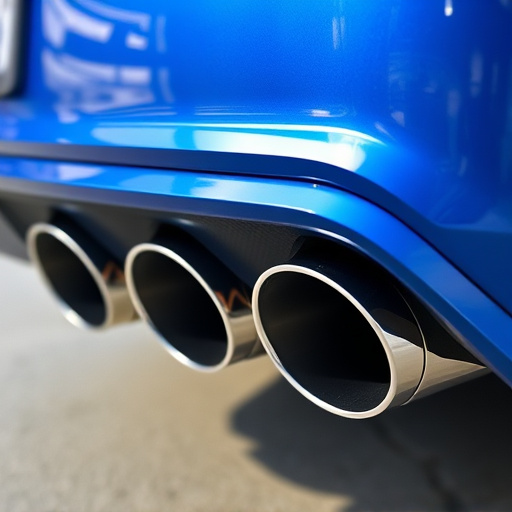Electronic Exhaust Cutouts (ECCs) enhance engine performance and fuel efficiency by electronically controlling exhaust gas flow. Leaks in ECCs, caused by worn gaskets, improper installation, or hardware issues, can be prevented through regular inspection, maintenance, use of high-quality seals, and proper installation techniques.
Preventing leaks in your vehicle’s electronic exhaust cutout (EEC) system is crucial for maintaining optimal performance and extending its lifespan. This comprehensive guide dives into the inner workings of EEC systems, highlighting common leak causes such as worn seals or damaged tubes. By understanding these issues, you’ll discover effective strategies to prevent leaks, ensuring smooth operation and peace of mind on the road. Implement these practices to keep your electronic exhaust cutouts functioning efficiently.
- Understanding Electronic Exhaust Cutout Systems
- Common Causes of Leaks in These Systems
- Effective Strategies to Prevent Leaks
Understanding Electronic Exhaust Cutout Systems

Electronic Exhaust Cutout Systems, often referred to as ECCs, are sophisticated devices that regulate and control the flow of exhaust gases in a vehicle’s engine. These systems play a crucial role in improving performance and enhancing fuel efficiency. By electronically controlling the opening and closing of valves, they allow for precise adjustments to exhaust gas discharge, optimizing both engine power and emissions output. This technology is particularly popular among car enthusiasts seeking to enhance their vehicle’s performance, as it offers a wide range of customization options.
ECCs work in tandem with a vehicle’s engine management system, receiving input from various sensors that monitor parameters such as engine speed, load, and temperature. Based on this data, the ECC adjusts the timing and duration of exhaust valve opening, allowing for better combustion and improved exhaust flow. This not only enhances engine performance but also reduces noise levels, making them a popular choice for those looking to install performance exhaust systems or upgrade their suspension kits. Moreover, these systems contribute to better fuel economy by optimizing the burning of fuel gases, thereby reducing emissions from exhaust mufflers.
Common Causes of Leaks in These Systems

Leaks in electronic exhaust cutout (EEC) systems can stem from various sources, often indicating a need for meticulous inspection and maintenance. One of the primary culprits is worn-out or damaged gaskets, which play a vital role in sealing crucial components within the EEC. Over time, these gaskets weaken due to exposure to heat, pressure, and varying temperatures, leading to subtle cracks or tears that compromise their integrity. Even minor damage can result in air leaks, affecting engine performance and efficiency.
Another common cause is improper installation or alignment of the cutout valves themselves. These valves are responsible for controlling airflow and must be precisely positioned to prevent any gaps or misalignments. Inadequate fitting can lead to increased wear on seals, allowing air or even moisture to infiltrate. Moreover, issues with the mounting hardware or connections between various components can also contribute to leaks, especially if not properly tightened or maintained over time. Regular checks for these potential problem areas are essential in mitigating unwanted EEC leaks and ensuring optimal system functionality.
Effective Strategies to Prevent Leaks

Preventing leaks in electronic exhaust cutout systems is paramount to ensure optimal performance and longevity. Firstly, regular inspection is key; visually examine all connections and joints for any signs of wear or damage. Tightening loose fittings and replacing damaged parts can prevent leaks before they occur. Secondly, using high-quality sealants and gaskets specifically designed for automotive applications fortifies vulnerable areas, including the air filter kits and suspension components interfaces with exhaust systems.
Additionally, proper installation techniques are essential. Ensure all electronic exhaust cutout system components are securely fastened and aligned according to the manufacturer’s instructions. Regular maintenance, such as cleaning and lubricating moving parts, further reduces the risk of leaks. By implementing these effective strategies, you can maintain a leak-free environment for your electronic exhaust cutouts, ensuring smooth operation and preserving the integrity of your entire exhaust system.
Preventing leaks in electronic exhaust cutout (EEC) systems is paramount for maintaining optimal performance and longevity. By understanding the common causes, such as worn seals or improper installation, and implementing effective strategies like regular maintenance checks and using high-quality replacement parts, you can significantly reduce the risk of leaks. Remember that a well-maintained EEC system not only ensures efficient engine performance but also contributes to a safer driving experience.


